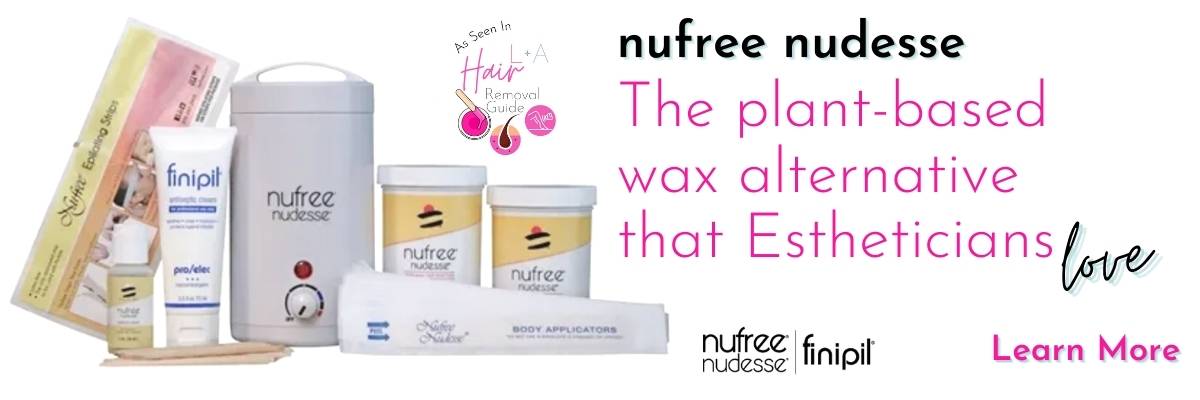In my article “Want To Win? Here’s How To Market To Win!”, I detailed a four-step strategy for creating your marketing plan each month. For example, the National Rosacea Society designated April as Rosacea Awareness Month to educate the public on this common and potentially severe facial condition and to urge those who suspect they may have it to see a dermatologist for diagnosis and the most up-to-date therapy.
Rosacea is a medical treatment that requires a diagnosis from a physician or dermatologist, therefore, putting it beyond the scope of practice for estheticians to diagnose, treat or cure. However, this does not mean that the products and services licensed spa professionals offer are not practical tools for managing the appearance of Rosacea.
4 Steps To Marketing Rosacea Solutions To Spa Customers
This month is a valuable time to discuss Rosacea in your marketing efforts to piggyback on the marketing boost happening around the globe. But, how exactly can we market to this skin concern while staying in our scope of practice? Here are some tips to help you do just that!
Step 1: Create a Product of the Month Promotion
In an NRS survey of 1,675 rosacea patients, 90 percent said the disorder had lowered their self-esteem and self-confidence, and 52 percent said they had avoided face-to-face contact. In another survey, 51 percent of those with severe symptoms said they had missed work because of their condition.
Consistent, gentle skin care and effective use of makeup can make a visible difference in managing Rosacea and improving the look of your skin. The key is to use products and techniques that minimize irritation.
Creating a marketing campaign that shares ingredients to avoid can get the dialog started with your audience, drawing them into your practice.
In surveys conducted by the National Rosacea Society, many patients cited the following ingredients as triggers for irritation: alcohol (66 percent), witch hazel (30 percent), fragrance (30 percent), menthol (21 percent), peppermint (14 percent) and eucalyptus oil (13 percent). Most respondents said they avoided astringents, exfoliating agents, and other types of products that may be too harsh for sensitive skin.
With this data, we can offer alternative solutions for our clients, drawing a parallel using a Try This, Not That marketing approach educating our audience on the impact these ingredients can have on flareups, and providing practical alternatives for their needs.
Which ingredients in your back bar and retail selections would be calming, hydrating, and support a healthy lipid barrier for your clients experiencing rosacea symptoms? Highlight their key ingredients, and share how those ingredients reduce redness and inflammation. Use this educational opportunity to offer client consultations to review their current product routine to improve their regimen.

Contribution by Richard Merrill
Richard Merrill has contributed many articles to Lipgloss + Aftershave. Richard is a results-driven Spa Business Consultant who specializes in mentoring and guiding spa businesses across the U.S. on branding, marketing, sales, strategic planning, and management systems.
Step 2: Create a Service of the Month Promotion
Once you have pinpointed effective retail solutions for your audience and built their trust with your ingredient knowledge, it’s time to offer further assistance with professional treatments. Increased medical understanding has led to significant advances in the control of Rosacea, allowing many of those who suffer from this chronic red-faced disorder to live free of its conspicuous and embarrassing symptoms for the first time. As licensed skincare professionals, our role in the process is to support the medical treatment with skin-focused experience to calm, hydrate and soothe. Which treatments on your menu provide these priority benefits?
Create a marketing campaign that details your clients’ expectations: Consultation, Treatment, On-Going Care.
- Create reels and short videos encouraging your audience to schedule a consultation.
- Build trust by sharing your expert opinions and resources that show your audience you understand what they are experiencing and how you can help.
- Increase the value of your offer by sharing scientific studies that you translate for the consumer. What does the study say? How has the information in the survey helped you create your service offerings?
- Pull on your audience’s emotions through compassion. Sales are created through two avenues: Solutions to problems and emotional connection. Use both to build your marketing content.
Step 3: Create an Event of the Month Promotion
Events can help build community awareness of your products and services, or they can be purely informational, establishing your role as an expert in a matter that impacts your client’s everyday life. For example, rosacea research has grown tremendously over the last 20 years. To edify your education and expert status, consider local experts whom you can partner with to provide more resources for your community. For example, is there a dermatologist in your city specializing in Rosacea? Contact them to create a referral program, you send clients to them for clinical diagnosis, and in return, they send you clients for long-term care.
Once you have established this referral partner, create an opportunity to bring your audience and theirs together to increase your bookings and bring awareness to research advances. Provide solutions that keep you and your referral partner top of mind in the community.
If you cannot connect with someone locally, consider hosting a virtual event with Facebook Live or Zoom where you interview an expert and bring educational resources to your online audience.
Step 4: Create a Cause of the Month Promotion
Cause marketing was created with three distinct goals: raising awareness and increasing action through volunteering and fundraising. April is National Rosacea Awareness month which means there are many resources available to assist you in doing all three.
Partner with an organization that provides all three solutions and helps create change for your clients and future clients who will experience this need.
Your cause promotion can easily be tied to your event, bringing awareness to the topic, increasing service appointments, and using sales from your service and product sales to fundraise for the organization. This is a more effective business model than offering the traditional discount method. Not only is your business going to increase its revenue, but it will be doing good work to create lasting change in the world.
For more research, tools, and content to help educate your audience about Rosacea and the solutions to managing this condition, consider partnering with the National Rosacea Society by visiting: https://www.rosacea.org.
Once you have created your marketing plan, commit to hosting these promotions and events every year—consistency in your message with the key to a successful career with longevity and joy. Once you have built this targeted niche in your business use this promotional model to address other topics you specialize in for growing your business. Replicating your format and presentation creates a strong brand identity that will certainly separate you from the competition.

